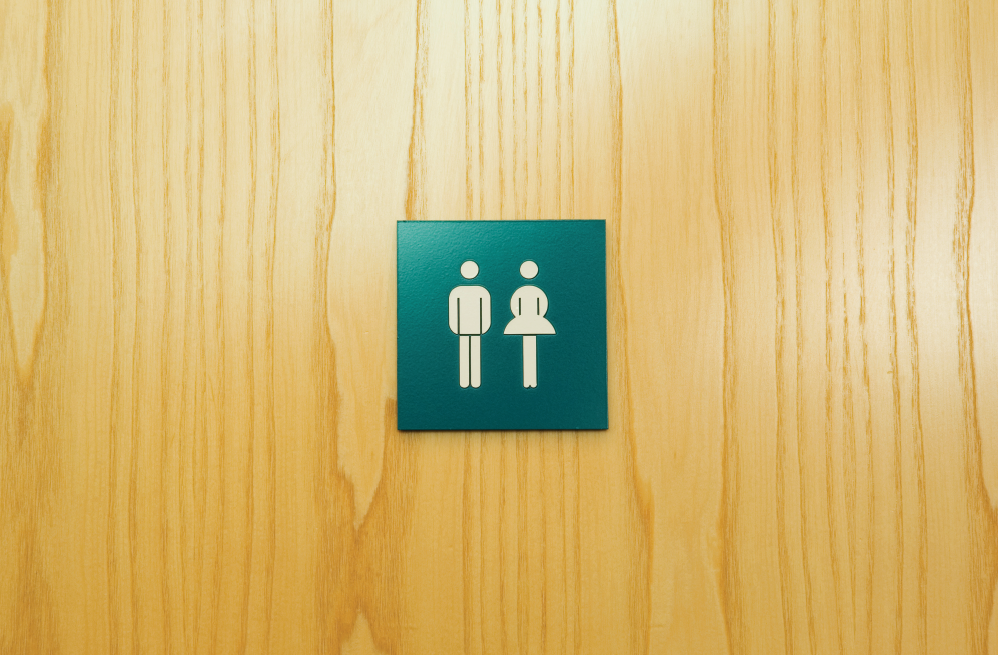Take Back Control of Your Bladder

Are you constantly heading for the bathroom? Or are you afraid to sneeze because you might leak a little? You're absolutely not alone.
"At least one-quarter of women experience some urinary incontinence during their lifetime," says Renee Edwards, M.D., urogynecologist and co-director at the OHSU Center for Women's Health. We talked to Dr. Edwards to learn more about urinary incontinence and overactive bladder.
Stress incontinence
If you leak when you cough, laugh, or sneeze, this is stress incontinence. "The most common causes are weakness or damage to muscles, nerves and connective tissue in the pelvic floor," says Dr. Edwards.
This is most common in women who have had children because vaginal delivery can weaken the pelvic floor. But women with chronic constipation, chronic cough, or who have heavy-lifting jobs or hobbies may also experience stress incontinence.
"The first treatment is to do your Kegel exercises," Dr. Edwards says. "There are also devices, such as a pessary, that you can insert in the vagina to provide extra support under your urethra to stop the leak."
Overactive bladder
If you're going to the bathroom more than seven times each day, or the urge to go is so strong that you fear or experience leaking, this is overactive bladder. For most women, the cause is unclear, but if your symptoms come on suddenly, there may be an underlying issue. "It could be as simple as a urinary tract infection or more complex and related to a medical condition such as diabetes," says Dr. Edwards.
Kegel exercises are an important first treatment, but did you know you can re-train your bladder? "It's all about perception," Dr. Edwards says. "If you constantly respond to your bladder the second you need to go, you teach your bladder not to hold as much." She works with patients to slowly increase the length of time between trips to the bathroom.
Anything acidic, caffeinated, alcoholic, or carbonated can irritate your urinary tract, so drinking less of these liquids can help. "Eight ounces of water and eight ounces of coffee are not the same to your bladder because the coffee is caffeinated and acidic," says Dr. Edwards.
There are also medications and treatments that help relax the bladder muscle, including in-office procedures like Botox injections and stimulation of nerves in the lower back.
Tips to take back control
If you're bothered by either stress incontinence or overactive bladder, Dr. Edwards has some tips that may help.
- Do your Kegel exercises. They are easy to forget, but critical to having a strong pelvic floor.
- If you have incontinence, don't use menstrual pads for protection. "Incontinence pads are made for urine and work better to absorb moisture and block odor," says Dr. Edwards. "They also come in all sizes, starting as thin as a panty liner."
- Don't overhydrate. How much you need to drink is impacted by physical activity and hot weather, but 64 ounces of liquid per day is a good average.
- Don't smoke. "Smoking leads to incontinence," Dr. Edwards says. "It's also the number one cause of bladder cancer in the United States."
- Maintain a healthy weight. Being overweight makes incontinence worse.
Above all, if you're bothered by incontinence or overactive bladder, talk to your doctor. Treatment is often quick and easy. The urogynecology team at the OHSU Center for Women's Health is ready to help.